I've heard of snakes living on the ground. They slink into the holes or the crack to capture bats, er ... what? How?... Then I realised the ground was above the caves, and that was almighty smart of the snakes to use that type of ground for their fly-fishing!!
They Found Titanoboa in a Coal Mine
In the early 2000s, a geology major Fabiany Herrera went on a field trip to the world’s largest open-pit coal mine in Colombia. He picked up a piece of rock and noticed impressions of some prehistoric leaves on it. Then, he found more rocks, and each of them had the same pattern. Back then, the student could hardly know that his discovery would help describe the largest snake that has ever lived on Earth!
The student took his findings to a local scientist who called up the Smithsonian Institute and invited them for a fossil hunt. He wasn’t that surprised as he knew there were fossils in the pits of Cerrejón [SE-re-HON]. Back in 1990, another geologist found a fossil there and brought it to his office. He wasn’t sure of what it was and called it a “Petrified Branch.”
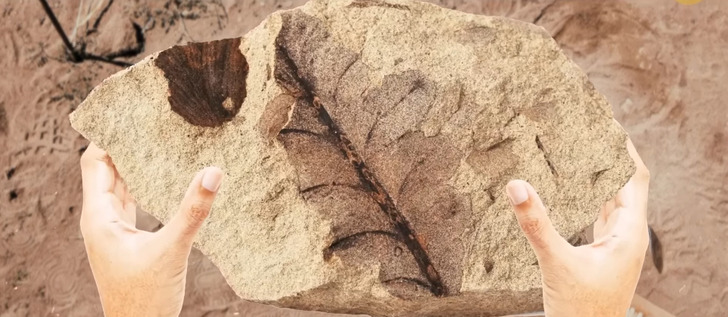
Years later, paleontologist Jonathan Bloch saw an image of this “branch.” He knew it wasn’t a branch at all but a fossilized jawbone of an animal! The scientist got so excited about the find that he flew all the way to Colombia. He wanted to examine the fossil, but no one had the key to its glass display case.
The scientists couldn’t wait, so they broke the glass and confirmed that it was a fossil of an animal that lived millions of years ago! After Herrera’s finding, they knew exactly there were more fossils in the area. It took the team of scientists about two years to figure out they were all a part of a giant snake and not a crocodile, as they thought because of the size. They managed to establish it by looking at the vertebrae and ribs of around 30 giant snakes.
You might think that fossils would get easily destroyed in an open-pit coal mine. But in fact, they were found under the coal that served as a protective layer for them.
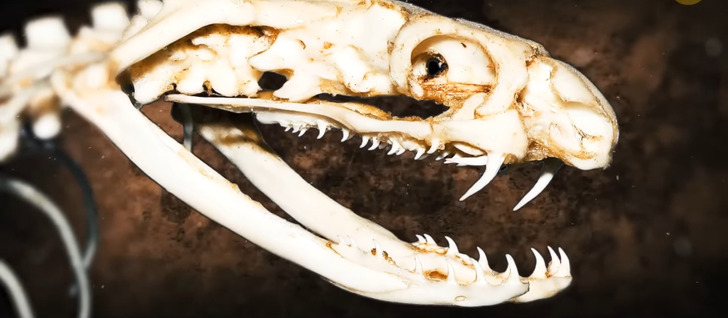
Sadly, the scientists couldn’t find the Titanoboa’s skull. Unlike jaws, which are extremely powerful thanks to their muscles, snake bones are pretty fragile. That’s why they usually crumble long before the sediment can appear over them. But still, the researchers managed to find 3 skull fragments.
Thanks to this discovery, they’ve made a full-scale replica of the snake’s head, which supported the theory that it used to be one of the largest predators of its time. If you’re starting to freak out, don’t worry, so am I. They also established it was related to modern boas and anacondas. That’s how Titanoboa got its name — it’s basically a “titanic boa.” The huge snake was officially described in 2009.
Titanoboa was thriving around 60 million years ago, 6 million years after Tyrannosaurus-Rex roamed the planet. Back then, it enjoyed the climate of the area in South America, which is now Colombia and Peru. It got almost as long as a bowling lane or twice as long as the biggest snake living today. It was as heavy as 4 giant anacondas 2,500 lb.
It got this long and this heavy thanks to a lucky coincidence. Snakes are cold-blooded animals, so they need a warm climate to live and grow in. Northeastern Colombia was perfect — it was about 90 °F when Titanoboa was alive.
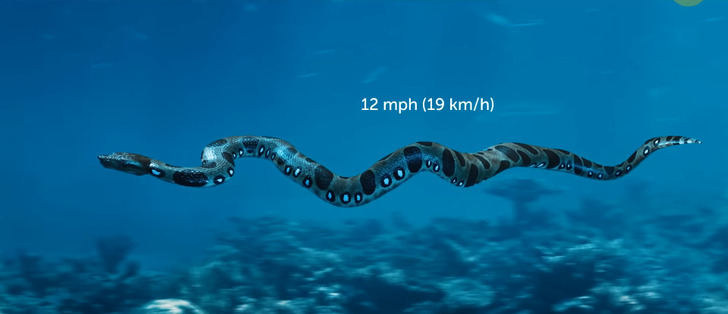
Titanoboa wasn’t that fast, especially on land. But it most likely spent much time in or near the water. Our hero could swim at a speed of up to 12 miles per hour. Like present-day snakes, it could wriggle around and change direction really quickly.
Scientists still aren’t sure if it could climb trees. Paleontologists believe that Titanoboa had brownish or grayish skin. It was the perfect color for the serpent to hide in the muddy rivers of the tropical rainforests.
But then again, I don’t see why it would have to hide from anyone, given its size. The largest snake ever wasn’t venomous, but it didn’t stop it from hunting any animal it wanted. And although it could choose pretty much anything, its favorite meal was most likely fish. Whew. Scientists decided so based on the snake’s palate and the number and type of its teeth. You can’t recreate the giant’s diet today, as all of those fish types are also extinct.

When it wanted to spice up its menu, Titanoboa dined on other reptiles. It sneaked up on its prey and got them down with one quick strike. Its bite had a very special design. The structure of its jaws let Titanoboa clamp down on the body of its prey, so there was no escape.
Titanoboa also had a mean set of thin and pointed teeth. They bent inwards in the snake’s jaw like fishing hooks. This little feature helped Titanoboa get a grip on its prey and prevent the slightest chance of it running or swimming away. It could most likely easily swallow even large turtles and crocodiles.
All that sounds pretty scary, but we have nothing to worry about as Titanoboas are long extinct, right? Well, technically, as the temperatures on Earth are going up, it’s quite possible that snakes might also grow in size. They love heat more than anything, so they should feel comfortable here. Of course, that would be a completely different snake, but it’s not impossible that we’ll see something similar to Titanoboa.
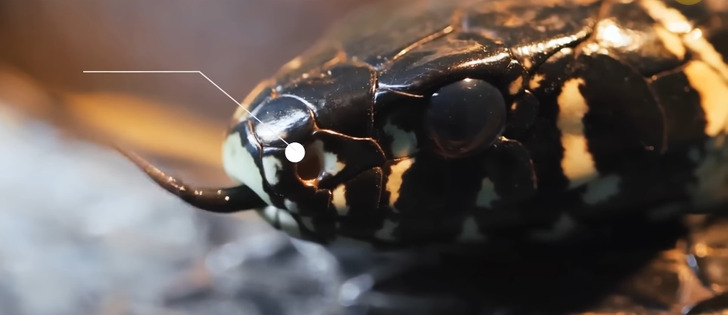
But before you think of escaping to another planet, remember that huge snakes would need something huge to eat. Such giants prefer to wrap around something huge and swallow it. Most people would simply be too small for them. So unless the huge snake was starving, it wouldn’t waste its energy on attacking anything too little.
Plus, like any other snake, Titanoboa had a sharp and delicate sense of smell, needed exceptional conditions, and was sensitive to vibrations. A little too smelly, too noisy, too cold, too dry, or too wet — and the snake wouldn’t go near this place unless absolutely desperate. So if you live in a big city, your chances of meeting a huge snake like Titanoboa are... about 0%.
Rural areas are something different, but the only place where the giant serpent would consider living would be near the equator. We already have some pretty giant snakes in the warmest regions of the world.
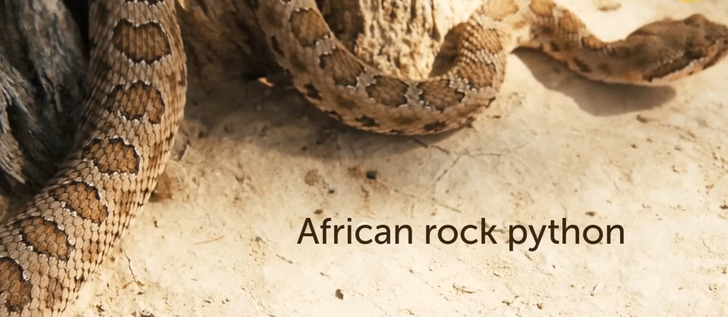
Amethystine python, or less poetically, scrub python, is a gentle giant. It’s the largest snake in Papua New Guinea and Australia. It can grow to the enormous size of 28 feet and weigh up to 77 pounds — which is about as heavy as a Dalmatian.
Scrub pythons are pretty curious, sometimes slithering inside people’s homes in Australia, but they’re mostly harmless to humans. Their favorite food is rodents, bats, and birds that come to streams for water. Until then, pythons quietly lie in wait. They have heat sensors in the pit of their muzzles. They help the pythons better see warm-blooded animals they can have for dinner.
The African rock python is one of only 11 living species of its kind. It’s currently the second-largest snake on the planet. This huge brown snake reaches lengths of up to 20 feet and weighs around half as much as a giant panda. It’s very serious about its meals as it can catch an antelope and eat it whole.
Even cold-blooded crocodiles are afraid of this beast because it can easily eat one of their kind too. In 1958, a zoologist found a 4-foot-long young Nile crocodile inside an African python’s stomach. According to the scientist, the python said: “I don’t know about you, but I find this whole thing hard to swallow.” Actually, that’s not true. Pythons can’t talk. As far as we know.
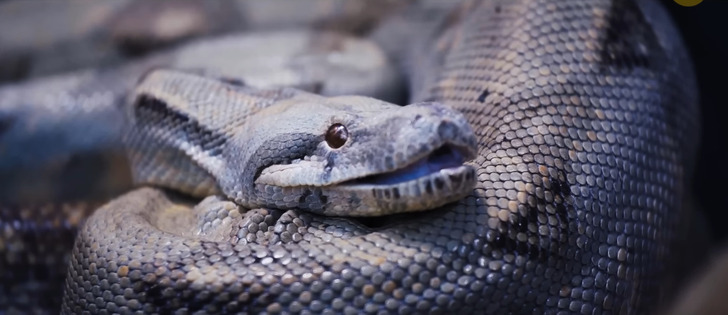
The reticulated python holds the record as the longest of all the living snakes in the world. The largest of these guys made it into Guinness World Records in 2011 with a length of 25.2 feet. Its name is Medusa, and it lives in a zoo in Kansas City, Missouri.
An adult reticulated python is large enough to swallow a human whole. Or a whole human. Either way. But these snakes are mostly quite peaceful and prefer to lie down without much movement.
Although many pythons have dwarf forms that are much smaller than their full-grown cousins, reticulated pythons also have super dwarf forms. You can keep one of those as an 8-feet long pet. Yes, it’s considered a dwarf form, although it’s longer than an average human is tall. You know, somehow I still don’t find that comforting.
Comments
Related Reads
“Look at That. No Nipples!” Angelina Jolie Stands Against Pressure Regarding Women’s Bodies

19 People Shared Things That Are Pretty Normal in Their Country but Might Be Considered Weird in the Rest of the World

Tom Cruise Deemed Unrecognizable in New Pics With Prince William, as Some Say He Had “Too Much Surgery”

«He Looks 35 Now,» Keanu Reeves Cuts His Long Hair and People Are In Love With the New Look

A Homeless Woman Receives a Full Makeover and Impresses the Whole World

“She Looks 20 Years Younger,” a Woman Undergoes Transformative Surgery and Leaves Everyone Speechless

Meg Ryan, 62, Is Praised for Finally Looking Her Age As She Stuns in Her Latest Appearance

Dakota Johnson’s Naked Dress Divides the Internet, as Some Deem It Has “No Class”

These Are the 10 Most Handsome Men in the World, Ranked by an Expert

15 People Who Can Stop Traffic With Their Unique Look

16 People Who Ordered Food and Were Flabbergasted With the Results

Keanu Reeves Finally Cuts His Long Hair, and His New Look Causes a Stir
